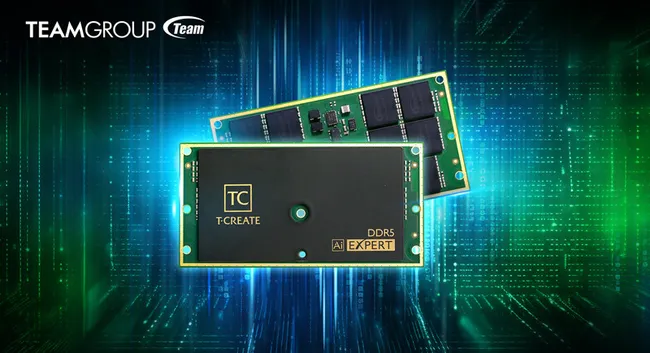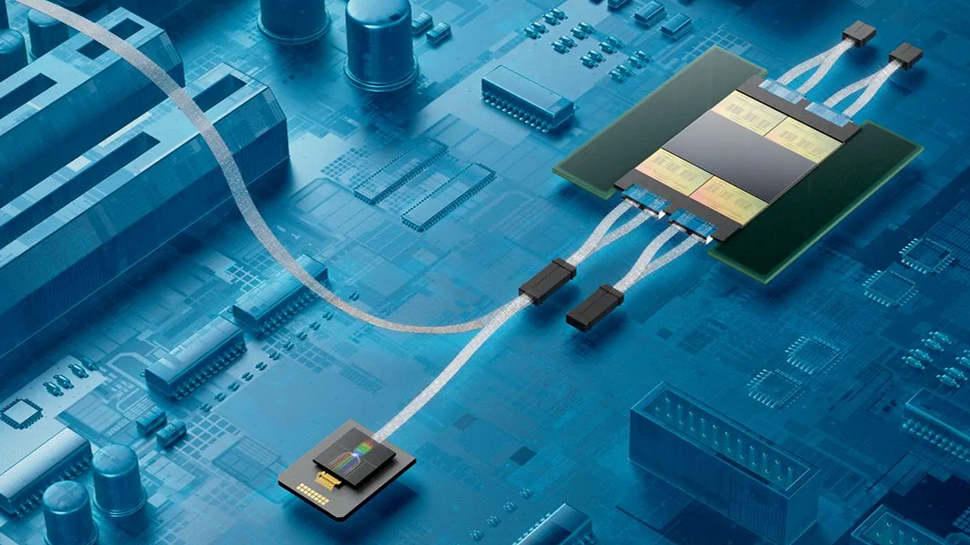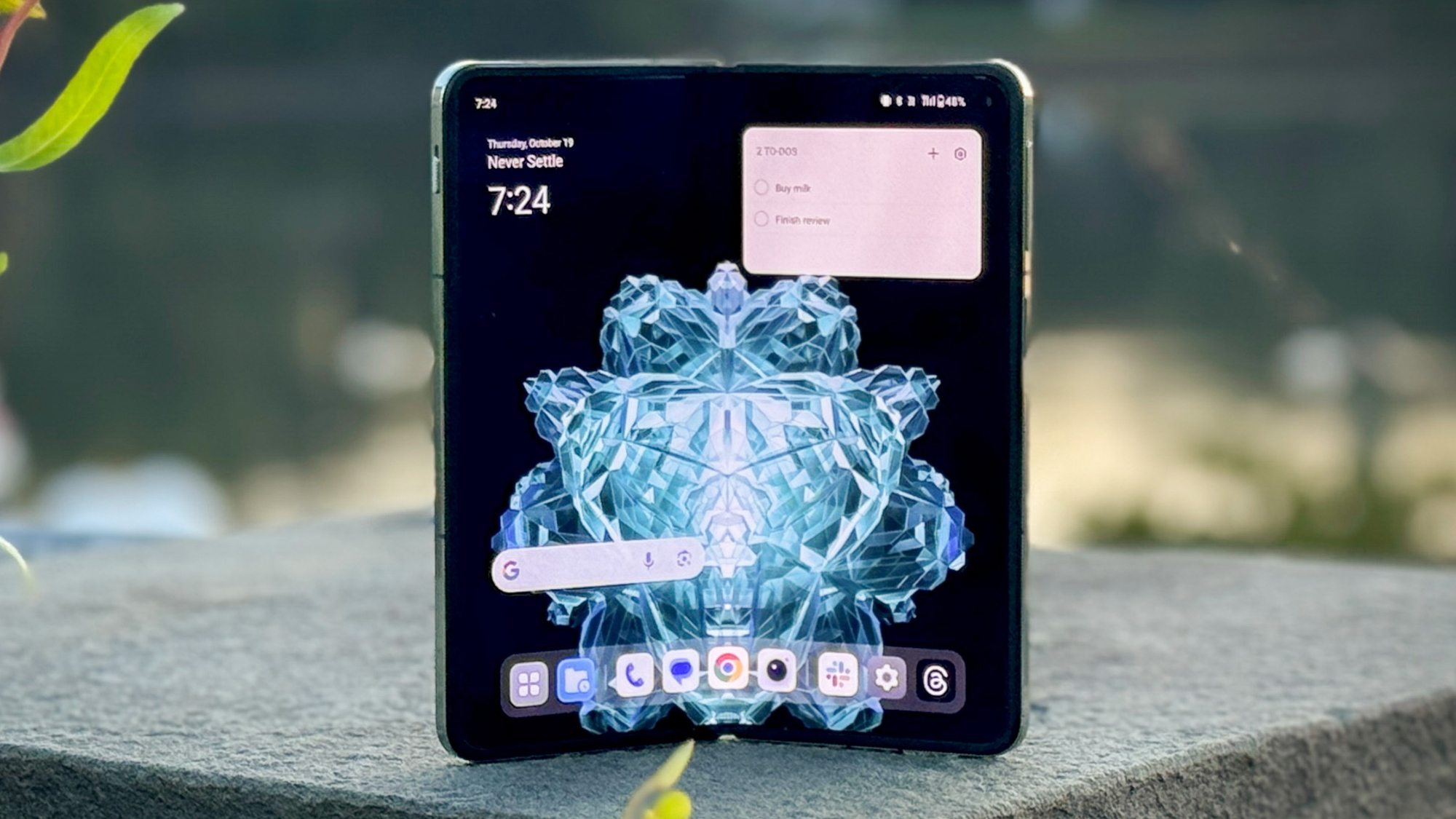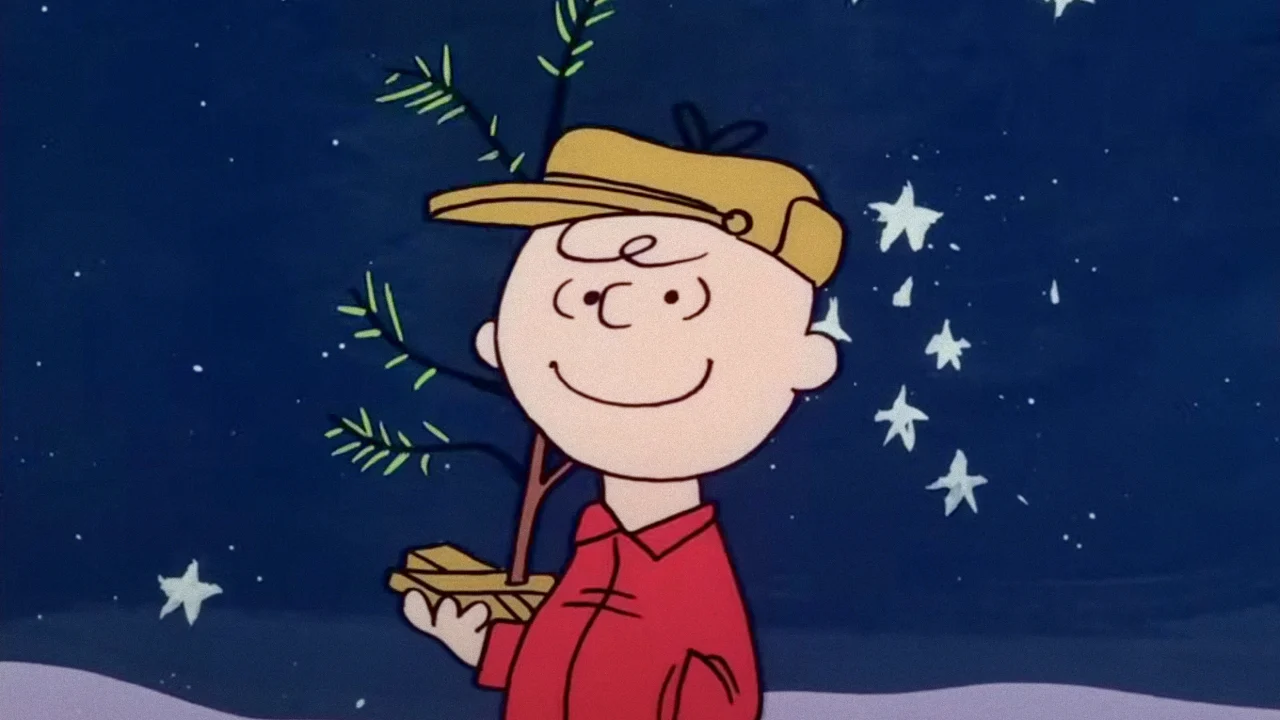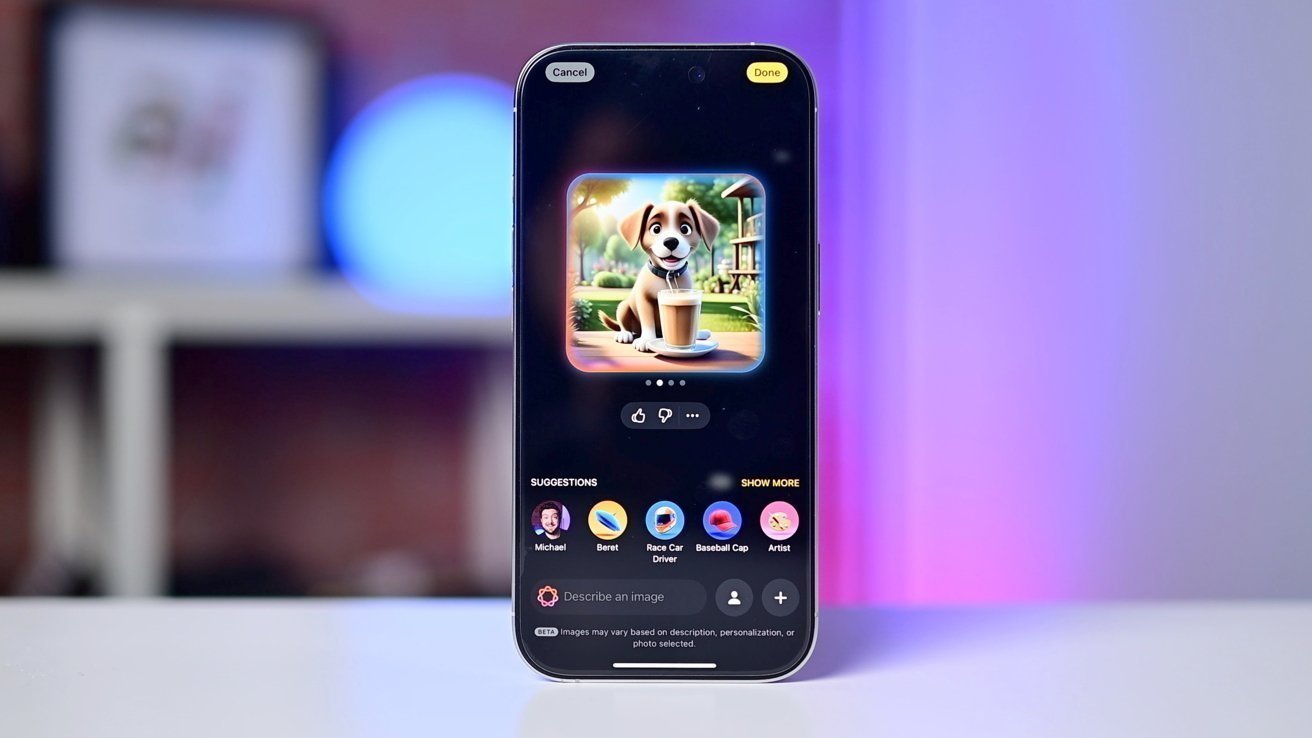
LIFEHACKER.COM
Here's What's New in iOS 18.3
When Apple dropped iOS 18.2, it made a bit of a splashespecially for iPhones compatible with Apple Intelligence. The update brought dedicated image generation to iOS, including both Image Playground and Genmoji, as well as an AI-updated Mail experience and more control over default apps.Now, we have our first look at the company's next update for iPhones: iOS 18.3. Apple seeded developers the first beta for 18.3 on Monday, but since developer betas aren't really developer-only, it means anyone with an interest in iOS betas can check out what's new. There's not much new, however. If this first beta is any indication, iOS 18.3 is not going to be a feature-filled update; rather, it will be one that brings some minor changes and bug fixes to iPhones. Big Siri changes, for example, will probably ship with iOS 18.4.That said, Apple could add more features and changes in subsequent beta updates for iOS 18.3. As the company continues beta testing, and eventually releases the full iOS 18.3 update to compatible iPhones, I'll update this piece to report on what's new. In the meantime, here's what we know is coming based on this first developer beta:Robot vacuum support in Home appApple's Home app does not currently support robot vacuums, but it will soon. The company first announced support as part of iOS 18 back in June, but then kicked back the release. Officially, robot vacuum support is delayed, but MacRumors contributor Aaron Perris found code in iOS 18.3 beta 1 indicating the new update supports these vacuums: This Tweet is currently unavailable. It might be loading or has been removed. Currently, Apple says the following about robot vacuum support in iOS 18, which it still says is coming in an update: "The Home app now supports the core functionality of robot vacuum cleaners, such as power control, cleaning mode, vacuum, mop, and charge status. They can also participate in automations and scenes, and respond to Siri requests. So you can add them to your cleaning routines or tell Siri to do some spot cleaning in the living room." Give AI image generation feedbackPart of how AI image generation improves is through user feedback: If a model spits out an image, and the user says something went wrong, the model can then take that feedback in as part of its training, and, hopefully, return a result that is closer to the expectation over time. With iOS 18.3, Apple has added a thumbs-up and thumbs-down option for image generation for both Image Playground and Genmoji. When using the beta, you'll have the option to quickly tell iOS whether the image or emoji it generated is right, or if it missed the mark. Credit: Brandon Butch/YouTube Camera control settings icon has dark mode optionThis one's a very small change, but a good one for those with an eye for these details. On iPhone 16 devices, the settings icon for the Camera Control button now has a dark mode option. If you go to Accessibility settings on iOS 18.2 and older, this icon will be bright in both light and dark modes, mismatched from the rest of the icons, which adjust depending on the system theme. Credit: Zollotech/YouTube Bug fixesiOS 18.3 developer beta 1 adds two fixes for bugs in previous versions of iOS. One is for Genmoji, and fixes an issue where a personalized Genmoji wouldn't generate without selecting another person first. The other fixes a bug with Writing Tools, where third-party apps using the Writing Tools API wouldn't be able to use the inline experience if the first responder is not a UIView. (This one, as you might guess, is specifically for developers.)Genmoji is coming to macOS 15.3This one won't apply to your iPhone, but if you have a Mac, be aware that Apple is bringing Genmoji support with macOS 15.3. Genmoji is probably my favorite of the Apple Intelligence features: I would, quite literally, never use images generated from Image Playground for anything, but I do enjoy generating a custom emoji to react to a part of my current conversation. Apple isn't bringing Image Playground to the Mac yet, but that's fine: Genmoji support will be more than enough. How to install iOS 18.3Again, iOS 18.3 is currently in betadeveloper beta, no lessand should not be installed haphazardly. At this time, the beta really is meant only for developers to test their apps out on the new OS, and alert Apple to any bugs they find. As such, it's not meant for general use, so unintended consequences could arise from downloading it on a personal device. If you're okay assuming those risks (please, back up any important data first), it's quite easy to install 18.3 right now. You'll just need an iPhone compatible with iOS 18. To start, sign into developer.apple.com on this iPhone with your Apple ID. Then, head to Settings >General > Software Update. From here, tap Beta Updates, then choose iOS 18 Developer Beta. Tap Back, then, after a moment, you should see iOS 18.3 Beta. Follow the on-screen instructions to download and install the software on your iPhone.
0 Commentaires
0 Parts
144 Vue







